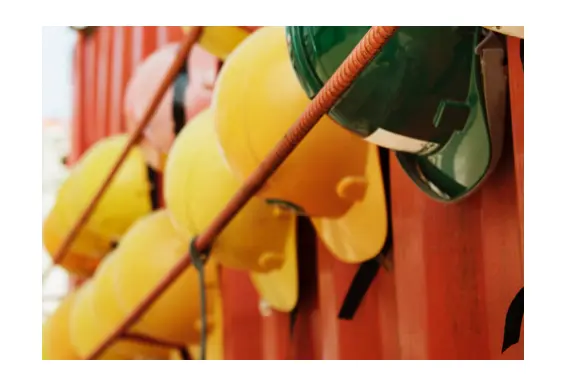Pipeline Strength, Stability and Environmental Considerations (U.S. Focus)
e-Learning
About the eLearning Course
This eLearning course explains the strength, stability, and environmental considerations in building and operating pipelines on land and in the sea. Topics covered include longitudinal stress, pipelay operations, thermal and pressure effects, and hydrodynamic and soil resistance.
Target Audience
Engineers or Facilities Engineers involved in design, operation, maintenance or construction of pipelines or pipeline facilities.You Will Learn
Participants will learn how to:
- Describe the similarities and differences between the ASME 31.4, ASME B31.8, and ISO 13623 with respect to calculating and determining acceptance of pressure related stresses
- Define the contributing factors for longitudinal stress and where these would likely occur based on Pressure, Bending, Axial Loads, Thermal/Pressure Expansion
- Describe the stresses occurring during offshore pipelay operations and the differences and similarities in between S-Lay, J-Lay and Reel Lay
- Define and describe application of Tie-in/installation temperature, Ground temperature, Pressure end effects, Soil/Support Frictional Resistance
- Describe the hydrodynamic and soil resistance model for pipeline stability
- Define the differences between, Point and Body stability, Static stability Dynamic stability
- Define the issues for pipe stability and integrity when in a free (unsupported) span in water and in air




